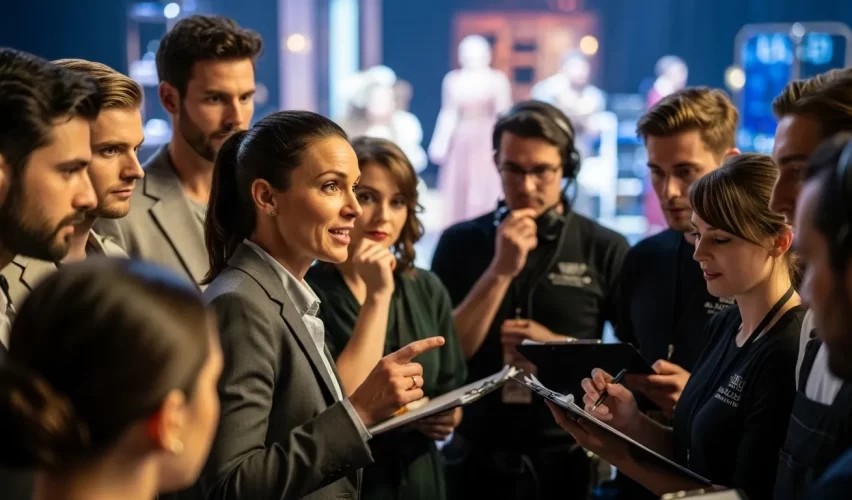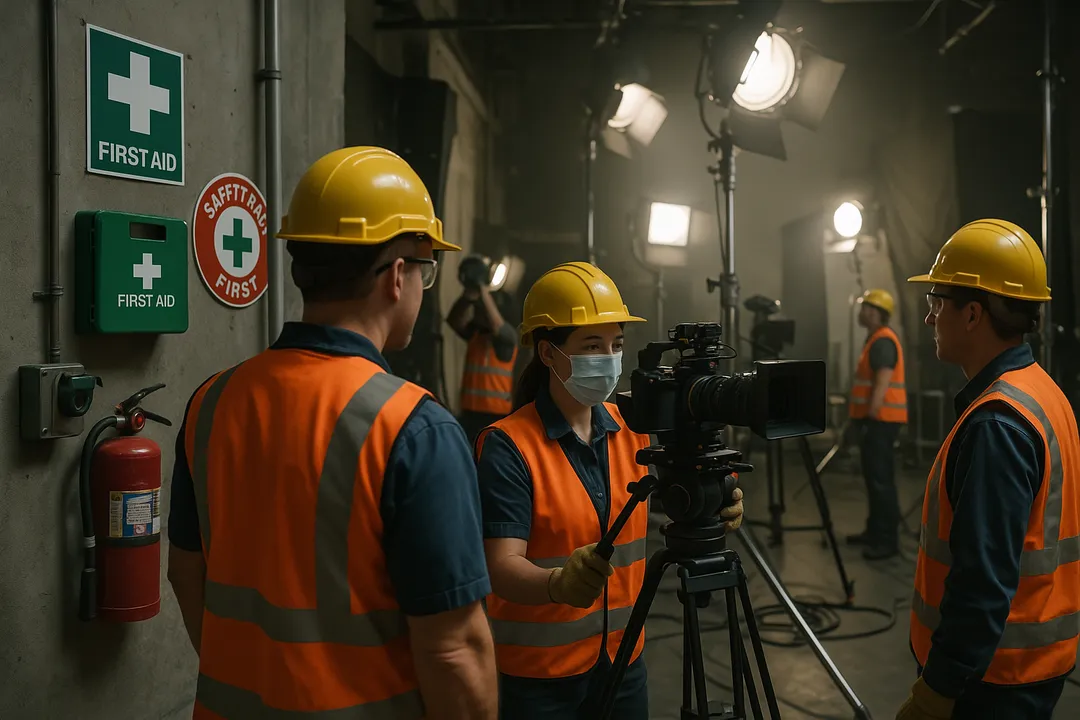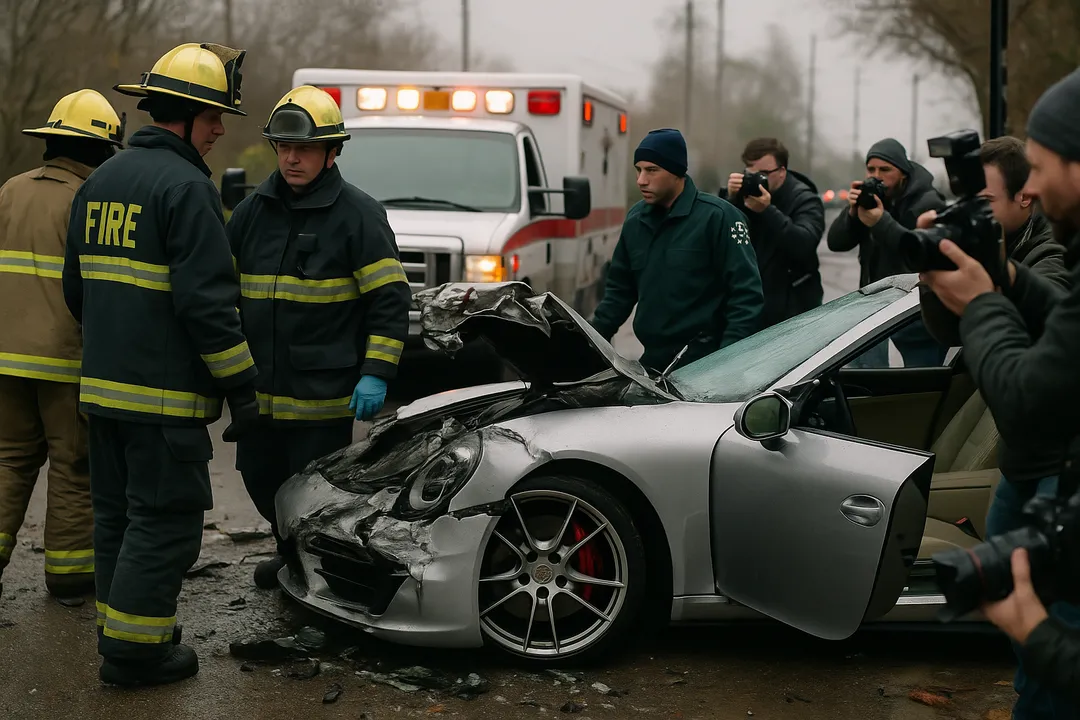Live performances capture the energy of the moment, connecting artists and audiences in a way that digital media cannot replicate. The excitement of a concert, theater show, or festival draws crowds seeking the thrill and authenticity of real-time entertainment. When the curtain rises or the band takes the stage, you witness not just talent but also an intricate production happening in real time.
However, behind this allure lies a set of hidden dangers rarely seen by audiences. Stages become work zones filled with heavy equipment, complex setups, and fast-paced demands. Crew members operate under tight timelines, often pushing physical limits to deliver seamless performances. Performers face risks from physical strain, fatigue, and even hearing loss due to loud environments—hazards that can quickly turn entertainment into a risky endeavor.
Understanding these risks benefits everyone involved—not just those behind the scenes but also those in the audience. Awareness helps prevent injuries, supports performers’ wellbeing, and ensures that live events remain spaces for enjoyment rather than harm. The hidden dangers of live performances require attention and respect if entertainment is to remain both thrilling and safe for all participants.
1. Physical Risks to Performers and Crew
Live performances bring excitement to audiences, but behind the scenes, performer safety is a critical concern. Handling heavy equipment and dealing with complex stage setups present significant stage hazards.
Heavy Equipment and Complex Stage Setups
Moving large props, setting up elaborate stages, and handling lighting rigs are physically demanding tasks. The risk of injury from lifting heavy objects or working with intricate setups is high. Falls from heights while rigging lights or scenery can lead to serious injuries.
Demanding Schedules and High-Pressure Environments
Performers and crew often work under tight schedules and intense pressure to deliver flawless performances. This environment can lead to fatigue, which increases the likelihood of accidents. Long hours without adequate rest or breaks exacerbate this risk, making even routine tasks hazardous.
Loud Noise Exposure
Live performances often involve high-decibel sound levels, especially in concerts or theatrical productions with powerful sound systems. Prolonged exposure to loud noise can result in hearing damage for performers and crew members. It’s essential to monitor sound levels and use protective gear such as earplugs.
Addressing these injury risks requires comprehensive planning and adherence to safety protocols. Ensuring that all team members are trained in proper equipment handling techniques, providing adequate rest periods, and monitoring noise levels are fundamental steps towards creating a safer environment for everyone involved in live performances.
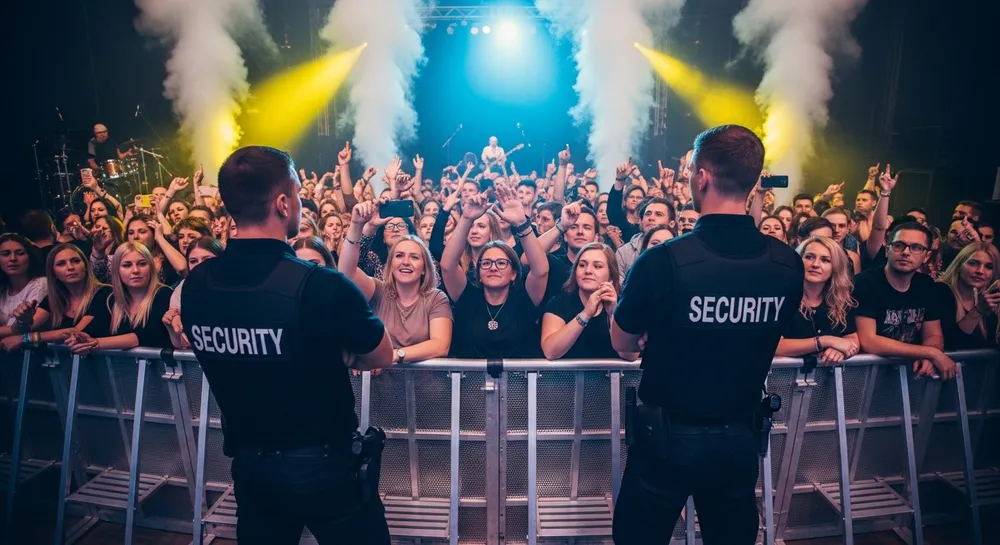
2. Crowd Management Challenges and Safety Concerns
Overcrowding risks at live events can create hazardous situations for the audience. Large gatherings often lead to tramplings and crushing incidents, especially when crowd control measures are inadequate. The pressure of a dense crowd can cause people to fall or be pushed into dangerous positions, resulting in severe injuries or even fatalities.
Panic situations significantly escalate risks during live performances. When an unexpected event occurs, such as a fire alarm or sudden loud noise, panic can spread quickly through the audience. This can lead to chaos, with people rushing towards exits and unintentionally causing harm to others. The domino effect of panic in a crowded space can be catastrophic.
Effective crowd control strategies are essential to prevent injuries and ensure audience safety. Key measures include:
- Capacity limits: Enforcing strict attendance caps based on venue size helps prevent overcrowding.
- Barrier systems: Strategic placement of barriers can manage the flow of people and minimize bottlenecks.
- Clear signage: Well-marked exits and designated pathways guide the audience efficiently.
- Trained staff: Security personnel and ushers should be trained in crowd management techniques and emergency response.
- Communication plans: Public address systems should be utilized to inform the audience calmly during emergencies.
Implementing these strategies reduces the risk of crowd surges and ensures a safer environment for everyone involved. Proper planning and proactive management are crucial in maintaining control over large audiences, mitigating potential dangers inherent in live performance settings.
3. Health and Safety Regulations in Live Performance Settings
Following health and safety regulations is crucial for creating a safe environment during live performances. These legal requirements apply to all venues, regardless of size, and protect not only employees but also independent contractors who play a significant role in the industry.
Key Aspects of Safety Compliance:
Occupational Health and Safety Laws
Every live performance venue must comply with national and regional laws that aim to safeguard workers. This includes independent contractors such as lighting technicians, stagehands, and freelance riggers. Employers have a responsibility to provide safe working conditions for all individuals involved, regardless of their employment status.
Hazard Recognition and Risk Assessment
Identifying potential hazards is an ongoing task that requires vigilance. Common risks in live performances include unstable rigging, exposed wiring, slippery surfaces, and pyrotechnics. Conducting thorough risk assessments helps determine the likelihood and impact of these hazards, allowing for the implementation of specific control measures.
Control Measures
Once hazards have been identified, it is essential to take action to eliminate or reduce them. This may involve implementing safety features such as guardrails on elevated platforms, ensuring proper storage of hazardous substances like fog fluids or cleaning chemicals, or mandating the use of hearing protection in loud environments.
Essential Protocols for Live Events:
- First Aid Readiness:
- Trained first aid personnel should always be present with easily accessible medical kits and clearly defined emergency procedures.
- Fire Regulation Compliance:
- Fire exits must never be blocked; staff members need regular training on fire safety protocols; all electrical equipment must meet regulatory standards.
- Hazardous Material Handling:
- Chemicals used in special effects or maintenance should be stored safely and labeled correctly to prevent accidental exposure or spills.
Many accidents during live performances occur due to neglecting these basic protocols. By consistently following safety regulations, we can reduce the number and severity of incidents that happen behind the scenes.
4. Building a Strong Safety Culture Behind the Scenes
A strong safety culture is essential in any live performance setting. It begins with creating an environment where everyone involved—performers, crew members, and management—feels comfortable speaking up about potential dangers. Open communication is crucial. When individuals can report unsafe situations without fear of punishment or negative consequences, risks are identified more quickly and incidents are minimized.
Key Elements of a Strong Safety Culture:
Fearless Hazard Reporting:
- Anonymous hazard reporting systems, clear procedures for escalating concerns, and visible support from leadership encourage honesty. Crew members who spot a faulty rigging or slippery surface must trust that raising the issue will lead to immediate action—not resentment or blame.
Frequent Safety Briefings and Meetings:
- Safety briefings aren’t just check-the-box exercises. Brief, focused meetings before each rehearsal or performance keep everyone aligned on potential hazards, especially when dangerous sequences or major set changes are introduced. These meetings allow for last-minute adjustments, updates on new risks, and reinforcement of safe work practices.
- Maintaining a safe environment is never limited to one department or role. Lighting technicians, stagehands, performers, and directors all share responsibility for keeping the workspace secure. This collective mindset fosters vigilance; people look out for each other and step in when they notice lapses in protocol.
“Safety isn’t someone else’s job—it’s everyone’s.”
By integrating safety culture into everyday activities, live performance teams decrease the likelihood of harm while instilling confidence in all staff members. The more proactive the strategy, the more effective hazard identification and risk reduction become throughout every production phase.
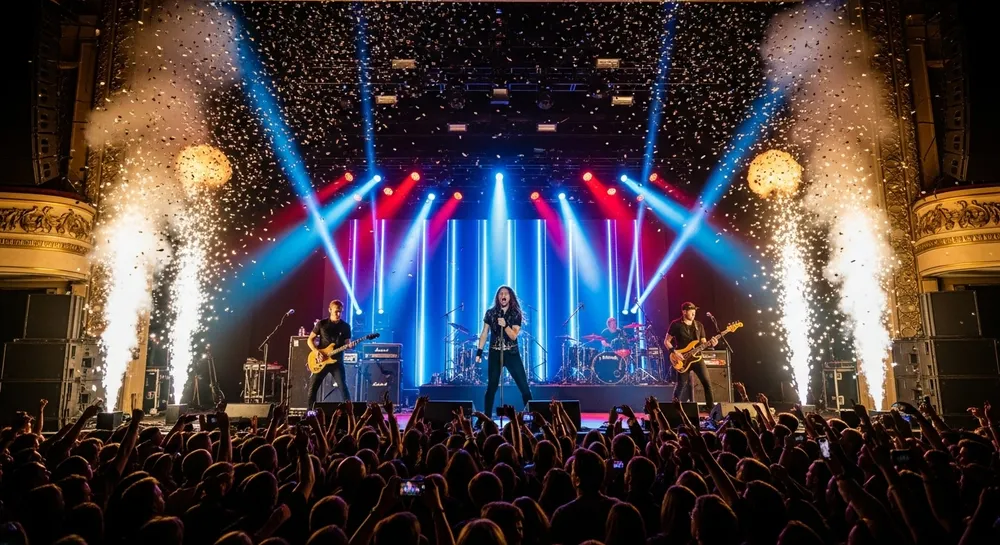
5. Special Considerations for Vulnerable Groups in Live Performances
Child Performers Protection
Child performers are subject to rigorous legal safeguards to ensure their well-being. Regulations, such as those outlined in the Child Performers Guideline, cover aspects like limited working hours, mandatory rest periods, and the presence of a chaperone or guardian during performances. These protections help shield young entertainers from exploitation and overwork.
Role of Workplace Committees
Health and safety representatives or committees play a crucial role in monitoring compliance within live performance settings. They ensure all legal requirements are met, particularly those concerning vulnerable groups like child performers. These committees facilitate regular safety audits, provide training on safety protocols, and foster an environment where safety concerns can be addressed promptly and effectively.
Ensuring the safety of vulnerable groups in live performances is not only a legal obligation but also a moral one, requiring constant vigilance and proactive measures.
Conclusion
Being alert and strictly following entertainment safety protocols is absolutely essential when it comes to managing the risks of live performances. Every show has its own set of dangers, requiring proactive actions from everyone involved.
- Performers, crew members, and audiences all depend on a culture that values safety over spectacle.
- The unseen threats of live performances: when entertainment becomes dangerous, the effects extend far beyond the stage.
Make a commitment to continuous learning, regular risk evaluations, and open communication. By raising the bar for entertainment safety, we can guarantee that every event is a joyful occasion rather than a heartbreaking incident.


